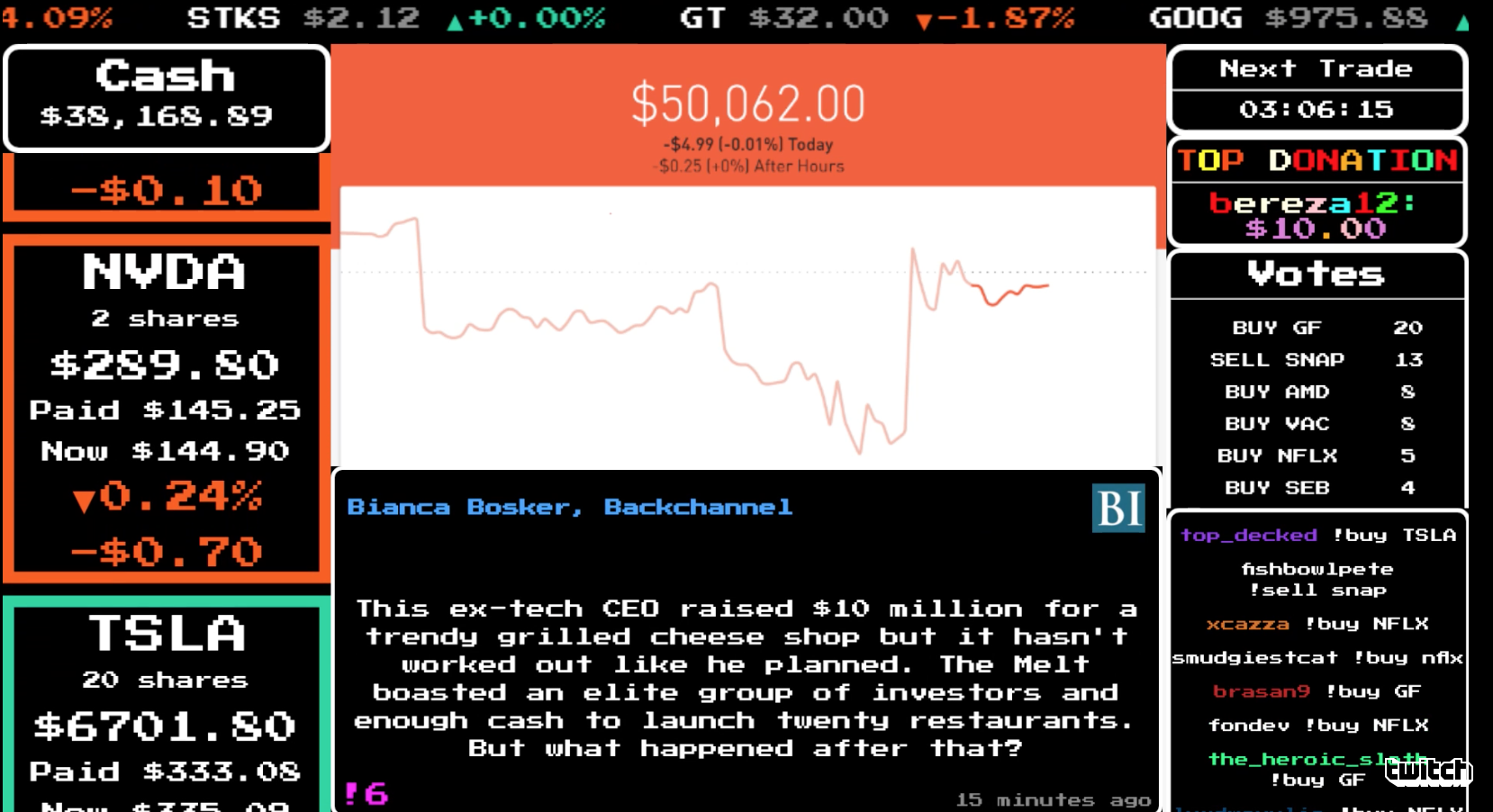
The Open Board of Stock Brokers was established in 1864 as a competitor to the NYSE.

The invention of the electrical telegraph consolidated markets and New York's market rose to dominance over Philadelphia after weathering some market panics better than other alternatives. Several locations were used between 18, when the present location was adopted. After re-forming as the New York Stock and Exchange Board, the broker organization began renting out space exclusively for securities trading, which previously had been taking place at the Tontine Coffee House. After sending a delegation to Philadelphia to observe the organization of their board of brokers, restrictions on manipulative trading were adopted, as well as formal organs of governance.

In 1817, the stockbrokers of New York, operating under the Buttonwood Agreement, instituted new reforms and reorganized. The Bank of North America, along with the First Bank of the United States and the Bank of New York, were the first shares traded on the New York Stock Exchange. The earliest securities traded were mostly governmental securities such as War Bonds from the Revolutionary War and First Bank of the United States stock, although Bank of New York stock was a non-governmental security traded in the early days. On May 17, 1792, twenty-four brokers signed the Buttonwood Agreement, which set a floor commission rate charged to clients and bound the signers to give preference to the other signers in securities sales. Previously, securities exchange had been intermediated by the auctioneers, who also conducted more mundane auctions of commodities such as wheat and tobacco.

The earliest recorded organization of securities trading in New York among brokers directly dealing with each other can be traced to the Buttonwood Agreement. See also: List of presidents of the New York Stock Exchange The Stock Exchange at 10–12 Broad Street, 1882


 0 kommentar(er)
0 kommentar(er)
